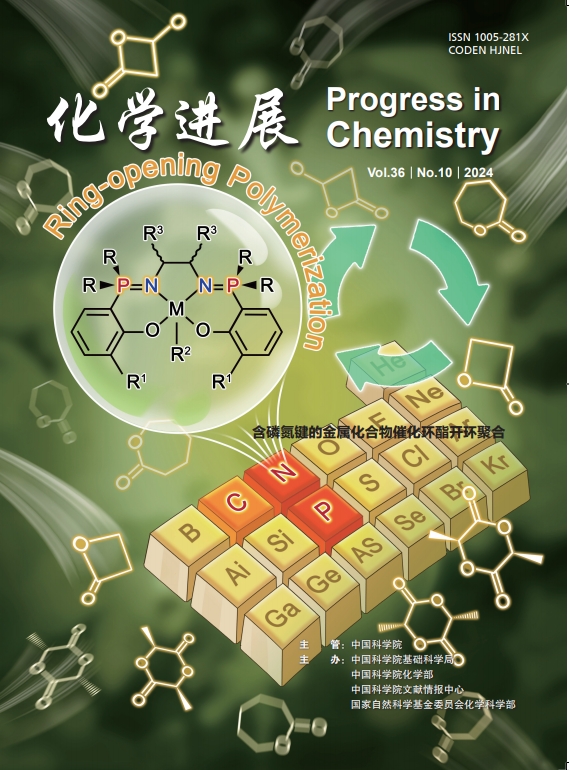KLT BIOAUTOGRAFI HASIL PARTISI EKSTRAK ETANOL HERBA BANDOTAN (Ageratum conyzoides L.) TERHADAP Shigella dysentriae
IF 1
4区 化学
Q4 CHEMISTRY, MULTIDISCIPLINARY
引用次数: 1
Abstract
Penelitian uji daya hambat dan analisis KLT bioautografi hasil partisi ekstrak etanol herba bandotan (Ageratum conyzoides L.) terhadap Shigella dysentriae telah dilakukan. Penelitian ini bertujuan untuk mengetahui kemampuan ekstrak tersebut dalam menghambat pertumbuhan S.dysentriae dan membandingkan daya hambat ekstrak dengan tingkat kepolaran yang berbeda yaitu pada ekstrak n-heksana, larut etil asetat, dan tidak larut etil asetat berdasarkan pengukurandiameter hambatan yang terbentuk. Herba tersebut diekstraksi dengan etanol menggunakan metode maserasi, lalu dipartisi dengan pelarut n-heksana dan etil asetat. Pengukuran dilakukan dengan menggunakan metode difusi pada medium Miller Hinton Agar (MHA) dengan waktu inkubasi 24 jam pada suhu 37oC dan memberikan diameter daerah hambatan terbesar pada ekstrak tidak larut etil asetat herba bandotan yaitu 9,3 dan 10,3 mm. Pemisahan secara KLT pada ekstrak n-heksana, ekstrak etil asetat, dan ekstrak tidak larut etil asetat dengan cairan pengelusi berturut-turut, n-heksana:etil asetat (3:1), n-heksana:etil asetat (1:1), dan etil asetat:etanol (10:1) dengan jumlah bercak noda berturut-turut 4, 5, dan 2. Nilai Rf pada ekstrak n-heksana 0.25, 0.41, 0.52, dan 0.71 sedangkan pada ekstrak etil asetat 0.34, 0.53, 0.65, 0.81, dan 0.92 pada ekstrak tidak larut etil asetat 0.33 dan 0.64. Hasil KLT bioautografi diperoleh komponen antibakteri yang diidentifikasi ekstrak n-heksana adalah golongan steroid dan pada tidak larut etil asetat golongan polifenol ABSTRACTInhibition test research and TLC bioautographic bioassay method of the partition results of the ethanol extract of bandotan (Ageratum conyzoides L.) herb against Shigella dysentriae have been conducted. This study aims to determine the ability of these extracts to inhibit S.dysentriae growth and to compare the inhibition of extracts with different polarity levels, n-hexane soluble, ethyl acetate soluble, and ethyl acetate insoluble extracts based on the diameter measurement of the formed resistance. The herbs were extracted with ethanol using the maceration method, then partitioned with n-hexane and ethyl acetate solvents. Measurements were carried out using the diffusion method on Miller Hinton Agar (MHA) medium with an incubation time of 24 hours at 37oC and gave the largest diameter area of resistance to the ethyl acetate insoluble extract of bandotan herb, value 9.3 and 10.3 mm. Separation by TLC on n-hexane extract, ethyl acetate extract, and ethyl acetate insoluble extract with elusive liquid respectively, n-hexane: ethyl acetate (3: 1), n-hexane: ethyl acetate (1: 1), and ethyl acetate: ethanol (10: 1) with the number of stains 4, 5, and 2, respectively. 0.81, and 0.92 in ethyl acetate insoluble extracts 0.33 and 0.64. The results of the bioautography TLC bioassay method showed that the antibacterial component identified in the n-hexane extract was a steroid compound and ethyl acetate insoluble was a polyphenol compound.我们进行了抑制试验和对巴多坦草药乙醇(Ageratum conyzoides L.)提基拉dysentriae的生物自传体分析。本研究旨在了解其抑制dysentriae S生长的能力,并将提取物的抑制能力与对乙基提取物的不同浓度进行比较。草药是用用马调配法从乙醇中提取的,然后用n-heksana溶剂和乙酸乙进行消毒处理。一种测量方法是在37oC的温度下,将米勒·辛顿(MHA)的24小时潜伏期进行采样,使其最大的抑制区直径为9.3和10.3毫米。从n-heksana提取物到n-heksana提取物中不溶解醋酸溶液,n-heksana:乙醇(3:1),n-heksana:乙醇(1:1)和乙醇:乙醇(10:1)与连续4、5和2处斑部斑部接触。从n-heksana提取物中0.25分、0.41分、0.52分和0.71分而在乙基提取物中0.34分、0.53分、0.65分、0.81分和0.92分而不溶解乙基提取物0.33和0.64中。KLT结果获得bioautografi识别n-heksana提取物的抗菌成分是类固醇阶级和阶级的不溶解醋酸纤维素乙醇多酚ABSTRACTInhibition测试研究和TLC bioautographic bioassay方法》partition results of bandotan之乙醇extract (Ageratum conyzoides L .)赫伯反对Shigella dysentriae有被conducted。这些研究表明,这些事件的能力在于不断增长的不同层次、恩-hexane solutions、乙基溶液和可疑的逃避能力。研究乙醇的人使用了macertion的方法,然后用n-hexane和ethyl acetate solvents进行隔离。这些措施是用米勒·辛顿(MHA)的废弃方法确定的,以37o的24小时小时为媒介,将阻力区的直径向西北方向推进,并在3.3和10.3毫米的高度向西北方向推进。根据TLC的规定,ethyl acetate extract, ethyl acetate和ethyl acetate以ethyl acetate (3: 1), n hexane: ethyl acetate (1: 1), n hexane: ethyl acetate (10:在ethyl不合理的疏远中0。33和0。64。txane extract中发现的抗传染性药物是一种类固醇,无法解决的乙基是一种多酚化合物。
本文章由计算机程序翻译,如有差异,请以英文原文为准。
求助全文
约1分钟内获得全文
求助全文
来源期刊

化学进展
化学-化学综合
CiteScore
2.10
自引率
15.40%
发文量
4325
审稿时长
2.5 months
期刊介绍:
Progress in Chemistry is a peer-reviewed monthly journal. It is sponsored by the Chinese Academy of Sciences(CAS) and the National Natural Science Foundation of China(NSFC). It provides a forum to publish review papers of specialized topics covering the full spectrum of chemistry in Chinese or English, with emphasis on those topics of emerging research area. The reviews provide comprehensive information, including recent advances, development trends, as well as critical assessments about the subject. The readers interested are : researchers and students in chemistry and related areas, and policy decision-makers. Most members of the editorial board are famous scientists.
 求助内容:
求助内容: 应助结果提醒方式:
应助结果提醒方式:


